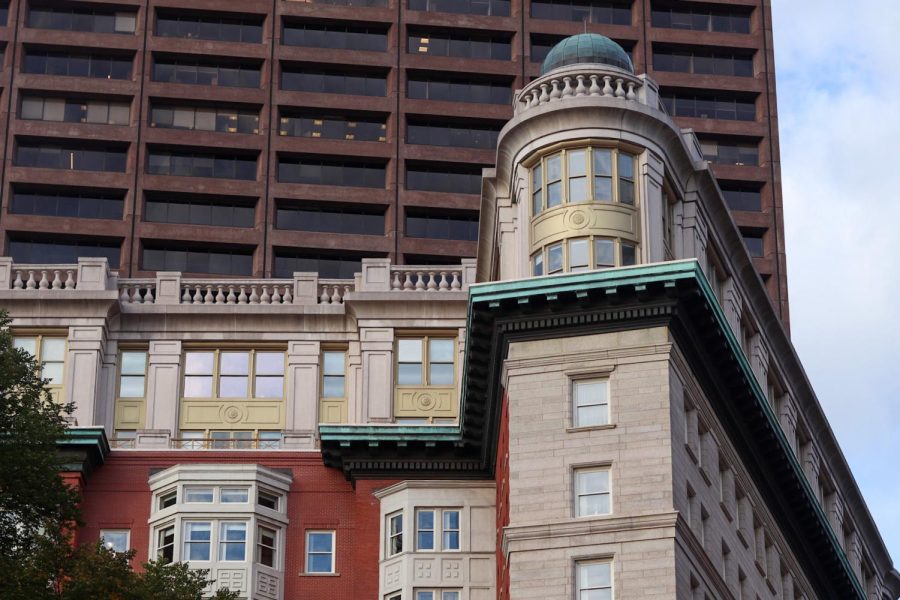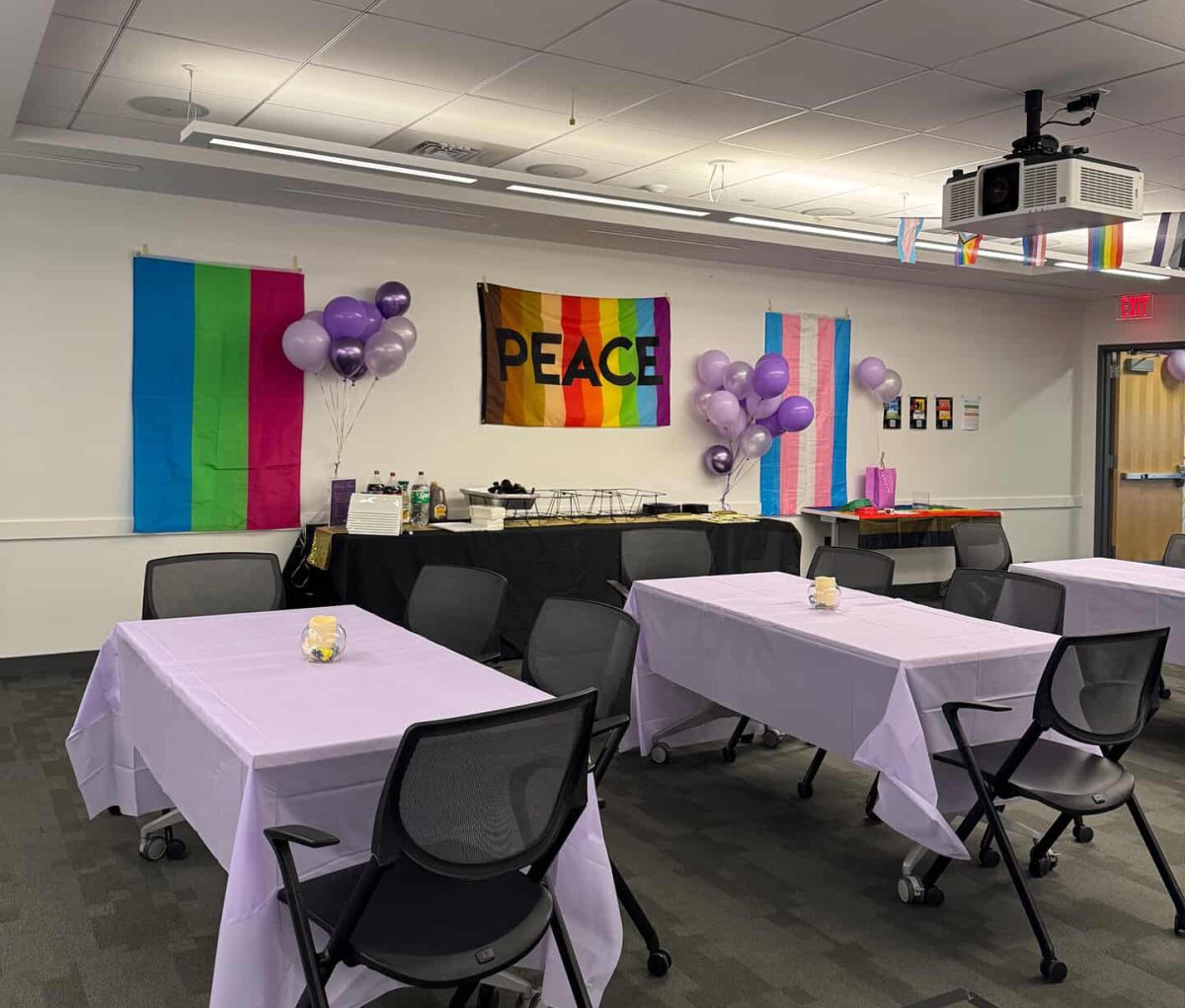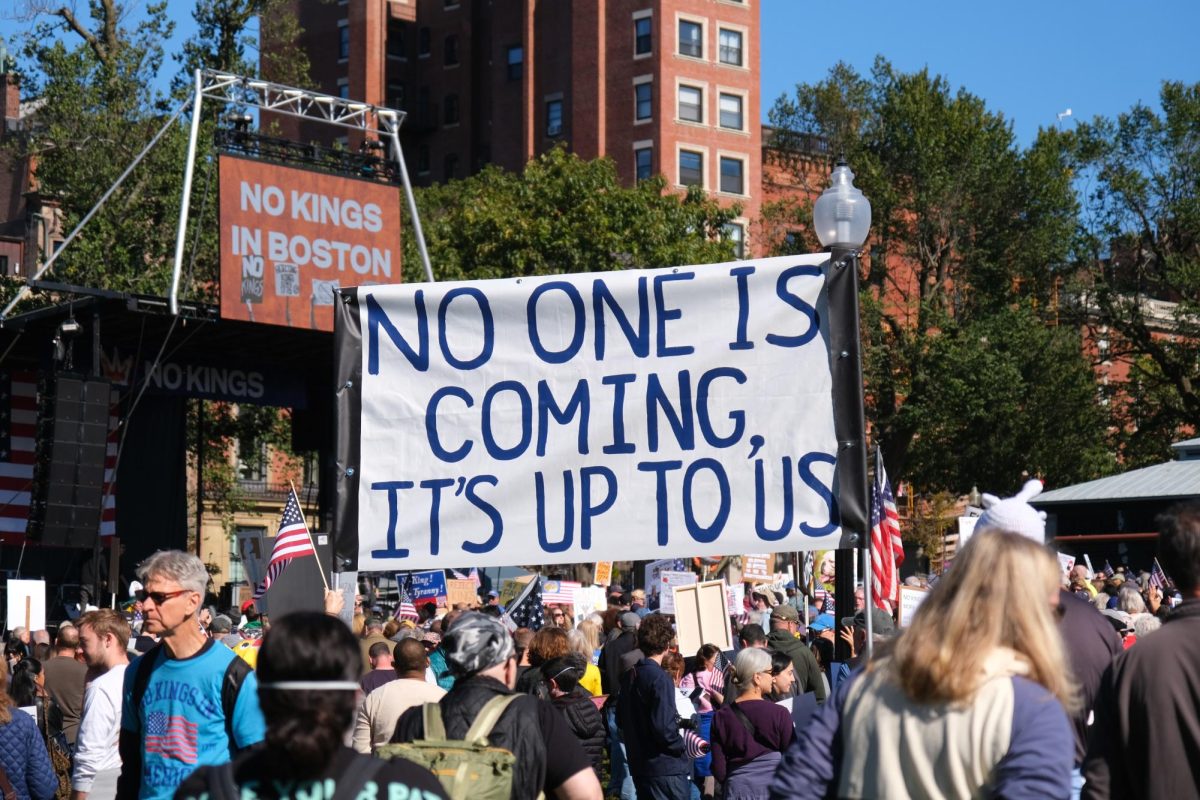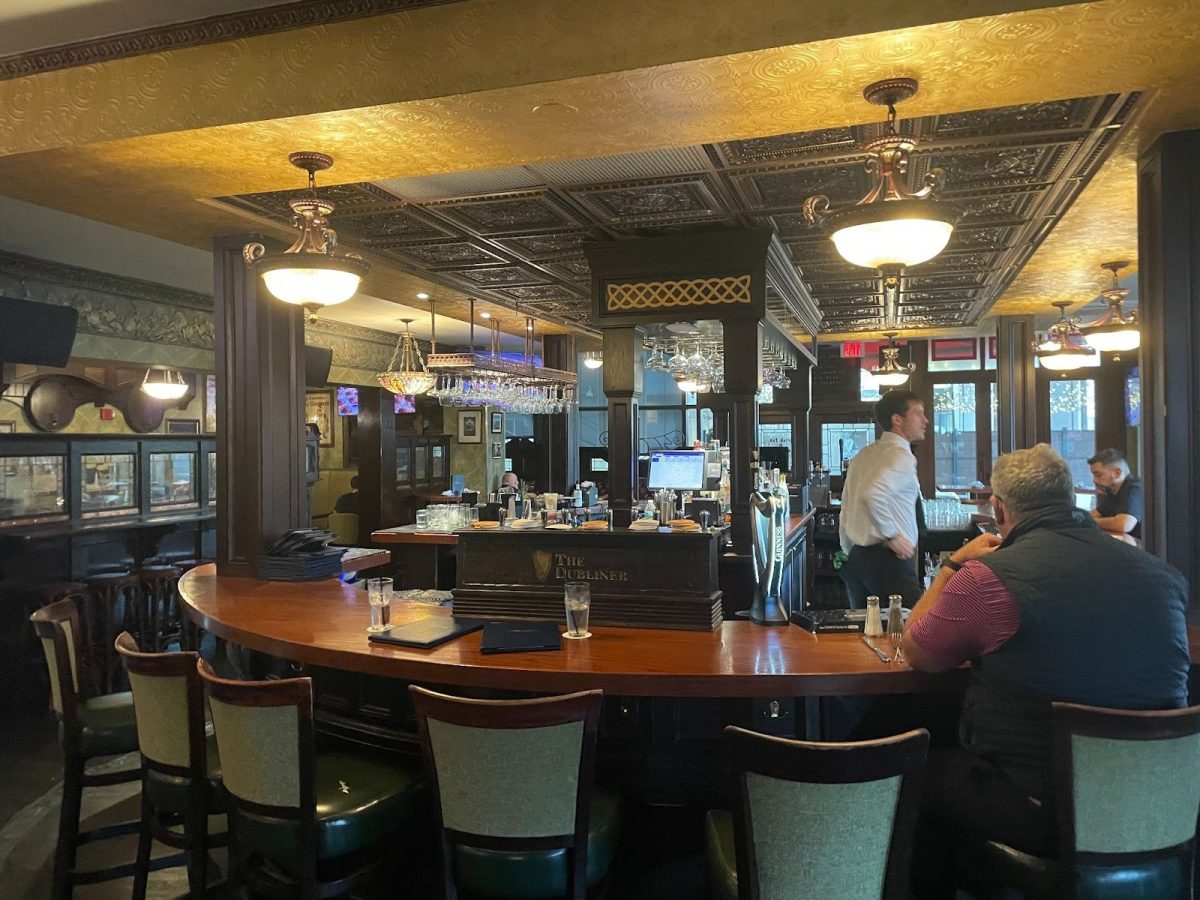Angela Bray
Journal Staff
Think Suffolk’s population is huge? Think again. Applications are high and the student body is becoming more diverse, but total enrollment is actually holding steady.
Of the 9,036 applications received for the incoming class of 2014, only 1,317 of those students were enrolled. Last year’s freshman class was slightly smaller, totaling 1,254 students. The class of 2012 is the recent largest with 1,572 and the class of 2011 has 1,326 students.
Suffolk set a cap of 5,000 full-time equivalent students on the Boston campus two years ago, according to Greg Gatlin, Director of Public Affairs. So, the number of new freshmen cannot put the total number of students over 5,000.
“I decided to come to Suffolk because I knew of its academic reputation, and also because of the city campus since it’s around everything I need and there’s always something to do,” said freshman Emily Whitlow of Danvers. She said her favorite experience since arriving on campus was “getting to know so many different people from around the world.”
By spending just a few hours on campus, one can’t help but to notice the international crowd standing diverse through features, language and style. While the majority of the freshman class came from towns and cities all over the country, 167 students moved to Boston from a different country for their first year of college. Suffolk includes 812 international students from 98 countries.
Only 27 of this year’s freshmen decided to pursue a Bachelor of Fine Arts degree at the New England School of Art and Design (NESAD), almost two miles from Suffolk’s central campus. Between the remainder, 873 freshmen are studying in the College of Arts and Sciences (CAS), doubling the 417 in the Sawyer Business School (SBS).
Given their chosen schools, 12.6 percent of the class is currently undecided on a specific area of concentration. Counting those decided, the business major is popular among 9.9 percent while 6.2 percent of freshmen have chosen management. The psychology major follows up in popularity with 7.2 percent of the class.
Throughout Suffolk’s Beacon Hill and downtown Boston campus, students living in on-campus housing are divided between three residence halls (one with a new expansion) and additional hotel rooms in a nearby Holiday Inn. Suffolk was solely a commuter school until the first dormitory at 150 Tremont Street opened in 1996. The residences at 10 Somerset Street opened in 2003 and 10 West Street in 2008. The university, still largely a commuter school, has students traveling to class from their hometowns by car and train as well as from their own apartments around the greater Boston area. This semester, 962 of freshmen are living on campus.
With a spread of 15 buildings and no closed campus, many assume a nonexistent student community and difficulty meeting people for students, especially freshmen, who do not live in the dormitories. Freshman Laura Altenor, who commutes from Everett, thinks differently. “I love the people, everyone’s cool,” she said. “So far, I’ve just been checking out more things with campus life.”
Jessenia Alvarez, also a freshman commuting from Everett, explained how no one knew anyone until the Welcome Week events began. Welcome Week, designed for the freshman class, provided a week’s worth of activities including a boat cruise, barbecue, movie night, and social at the House of Blues. “You just need about a week, then everyone gets to know each other better,” she said. “Since everyone is new, we can all have a conversation about anything.”
“At the end of the first week, more people knew each other so it was fun to be around everyone,” said Whitlow, who lives on campus. “I expected to enjoy my classes because I actually got to pick them. I also knew I’d have to do things for myself because I’d be living on my own.”












